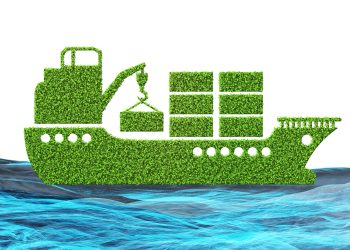European Commission released Final Communication regarding the European strategy for more growth and jobs in coastal and maritime tourism.
The Blue Growth Communication of 2012 listed coastal and maritime tourism as one of five focus areas for delivering sustainable growth and jobs in the blue economy. The European Parliament’s 2013 report on Blue Growth welcomed this European framework and recommended a series of actions to boost the sector and support the development of sustainable tourism in coastal destinations.
The tourism sector is growing and the challenge is to exploit its potential in a way that sustainably produces economic benefits. This Communication proposes joint responses to the multiple challenges, with a view to capitalise on Europe’s strengths and enabling it to substantially contribute to the Europe 2020 objectives for smart, sustainable and inclusive growth.
Challenges and a new framework for coastal and maritime tourism in Europe
Strengthening sustainability
Tourism depends on a healthy environment and the sustainable use of natural capital, but activities are often concentrated in already densely populated areas, leading to vast increases in water demand, more waste and emissions from air, road and sea transport at peak periods, more risks of soil sealing and biodiversity degradation (from infrastructure developments), eutrophication and other pressures. Scarcely populated and pristine areas can be affected too.
In addition, the impacts of climate change exacerbate pressures on these areas and could reshape tourism’s geographical and seasonal distribution. The EU’s Natura 2000 network protects vulnerable coastal and marine habitats which, if managed well, can provide significant recreational opportunities and contribute to sustainable growth and employment.
EU legislation such as the Water Framework and Marine Strategy Framework Directives require Member States to ensure good status of coastal and marine waters, a pre-requisite for tourism to prosper.
Integrated Coastal Management and Maritime Spatial Planning help ensure sustainable and Green Infrastructure development through smart planning and cooperation between government, public and private partners.
Vessels using shore-side electricity when in port could substantially reduce fuel consumption, noise and air emissions. To date however, only a small number of European ports have invested in this technology; provision of electricity and integration in smart energy grids should be further explored and promoted.
|
The European Commission will:
|
The Commission invites Member States, regions, industry and other stakeholders to:
.The Commission invites the industry and other stakeholders to:
|
Further information may be found at EU Strategy for More Growth and Jobs in Coastal and Maritime Tourism
In the starting, I was forthright with you propecia before and after has changed my being. It has become much more fun, and now I have to run. Just as it is incredible to sit.
































































